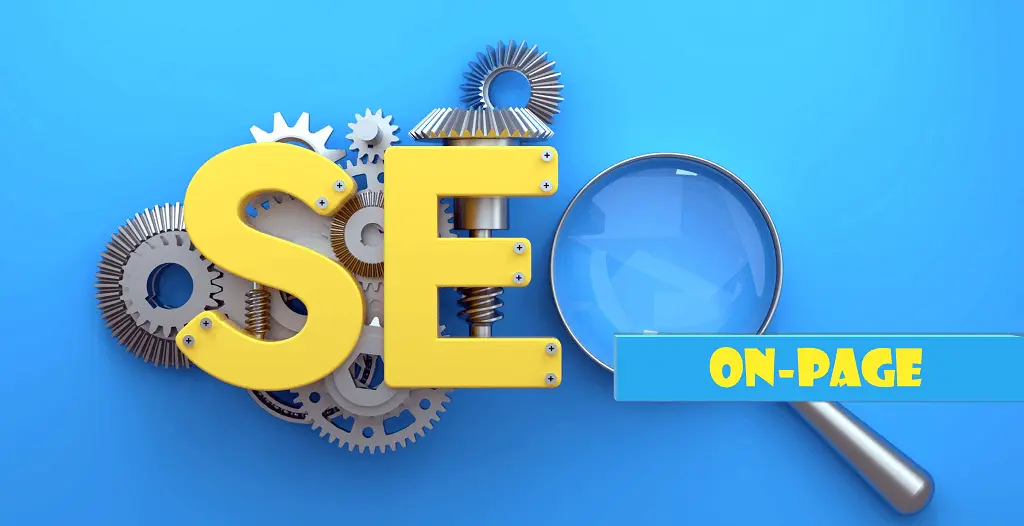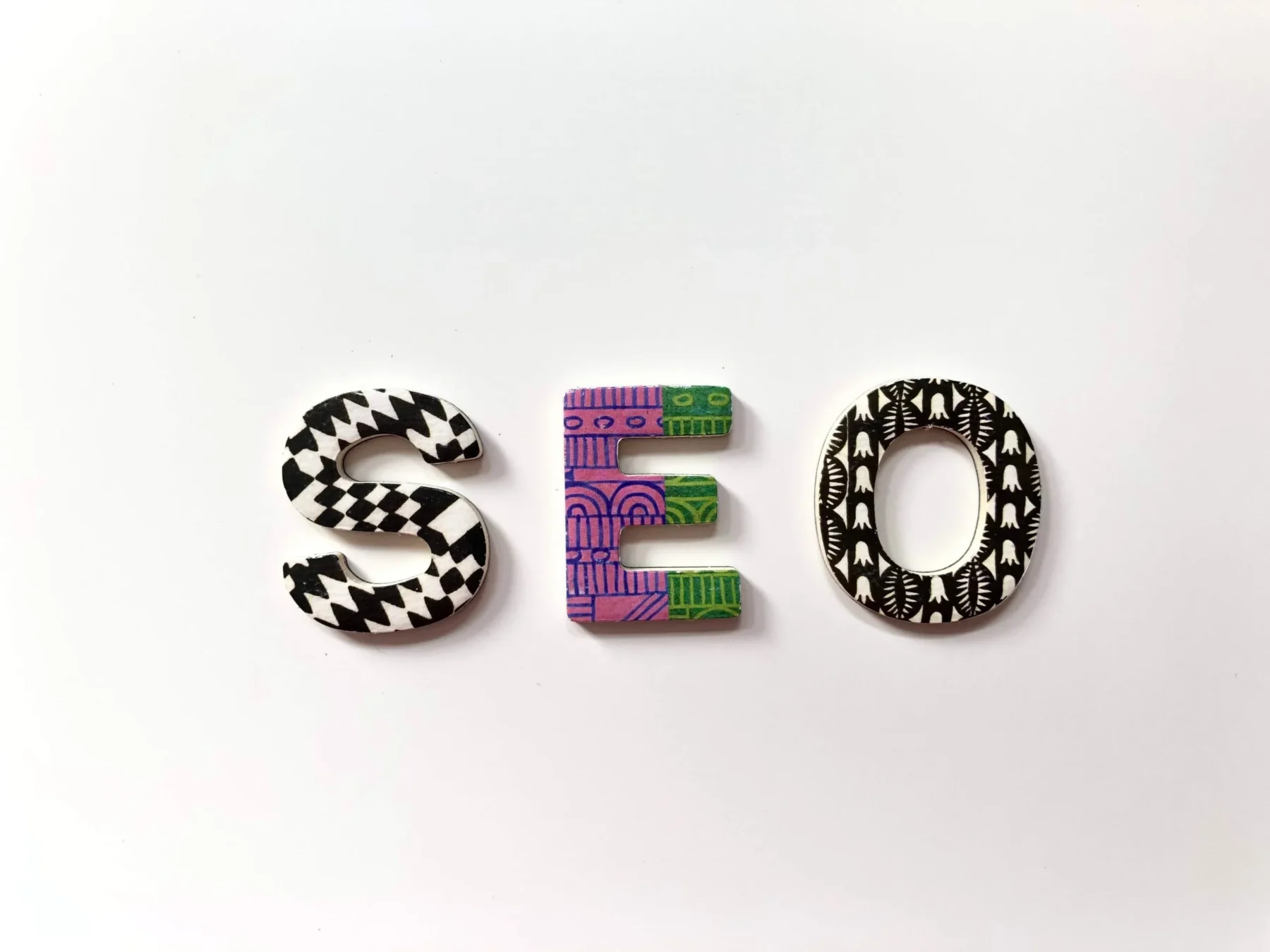Web3 technology is revolutionizing the way we interact with the internet. With its promise of a decentralized and user-centric internet, Web3 is set to empower individuals and reshape the digital landscape.
At its core, Web3 is built on blockchain technology, which enables secure and transparent transactions without the need for intermediaries. This decentralized approach gives users more control over their data and eliminates the risk of censorship or manipulation.
One of the key features of Web3 is the concept of self-sovereign identity. With Web3, users have complete ownership and control over their personal data. They can choose who can access their information and how it is used. This shift from centralized platforms to user-centric networks puts individuals in the driver’s seat, giving them the power to protect their privacy and determine their online presence.
Another exciting aspect of Web3 is the emergence of decentralized applications (dApps). Unlike traditional apps that are controlled by a single entity, dApps run on blockchain networks, making them resistant to censorship and tampering. These dApps can be used for a wide range of purposes, from finance and gaming to social media and healthcare.
Blockchain technology also enables the creation of decentralized finance (DeFi) platforms. These platforms aim to revolutionize the traditional financial system by providing open and transparent financial services. With DeFi, anyone can access services like lending, borrowing, and trading without the need for intermediaries or traditional banking institutions.
Web3 also holds great potential for improving cybersecurity. By decentralizing data storage and eliminating single points of failure, Web3 makes it harder for hackers to breach systems and steal sensitive information. Additionally, blockchain technology enables the creation of secure digital identities and authentication mechanisms, further enhancing online security.
As Web3 continues to evolve, it is crucial to address the challenges and limitations it presents. Scalability, interoperability, and user experience are some of the key areas that need to be improved. However, with ongoing research and development, these issues can be overcome, paving the way for a truly decentralized and inclusive internet.



